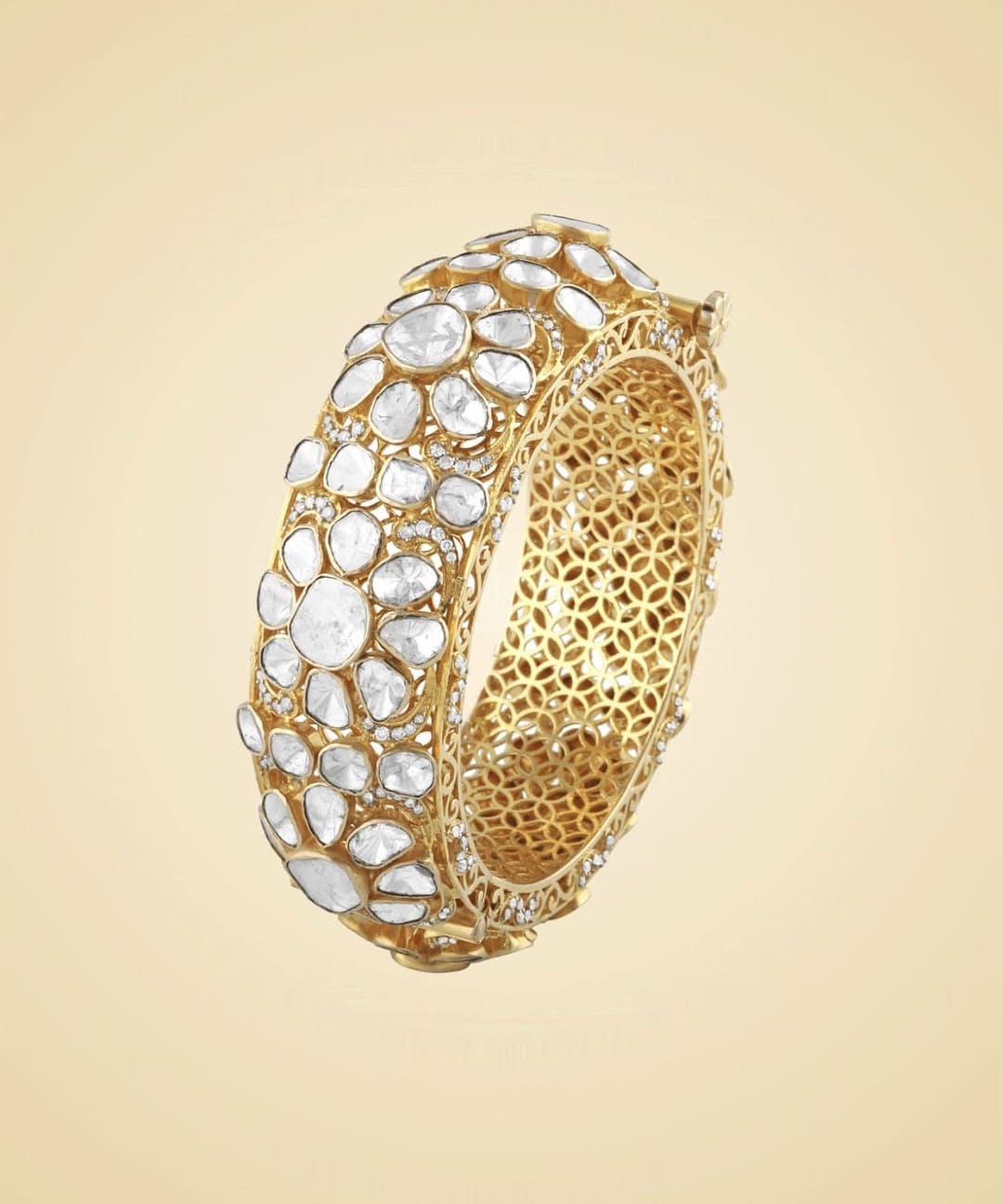India’s gems and jewellery sector is on the cusp of transformative growth, with a projected market value of $128 billion by 2029, according to a new report by 1Lattice titled Glimmers of Growth

India’s gems and jewellery market is on a high-growth trajectory, with its valuation expected to soar to $128 billion by 2029, according to a new report by consulting firm 1Lattice. Titled Glimmers of Growth, the report projects a compound annual growth rate (CAGR) of 9.5%, underpinned by a blend of favourable economic, regulatory, and consumer-driven trends.
Key contributors to this momentum include rising disposable incomes in the middle class, growing preference for certified and branded jewellery, and the increasing popularity of online retail platforms. Gold continues to dominate the segment, accounting for a significant 86% share of the overall market.
The study highlights the positive impact of recent government measures, such as reductions in gold import duties and the implementation of mandatory hallmarking, which have enhanced consumer confidence and made gold jewellery more accessible. Additionally, the digital transformation of the sector—with innovations like virtual try-ons and targeted digital marketing—is proving particularly effective in engaging younger buyers.
A standout trend is the rise of lab-grown diamonds (LGDs), which are gaining favour for their affordability, ethical sourcing, and environmental benefits. The Indian LGD market alone is expected to hit $1.2 billion by 2033, growing at an impressive CAGR of nearly 15%. Since FY21, LGD exports have increased eightfold, and India now contributes roughly 15% of global LGD output. However, the report notes a gap in domestic HPHT machine manufacturing, signalling a key investment opportunity to complete the supply chain locally.
The report also charts India’s major jewellery manufacturing hubs, including Surat, Mumbai, Jaipur, Thrissur, and Coimbatore—each known for unique craftsmanship and regional styles. It observes that modern Indian consumers are leaning towards minimalistic, sustainable, and personalised designs, with demand patterns varying across regions, age groups, and spending capacities.
Challenges persist, however. Volatile gold prices, rising labour costs, fragmented inventory systems, and the slow pace of retail tech adoption continue to hamper efficiency. Yet, India's stronghold in diamond processing—both natural and lab-grown—combined with supportive policy frameworks and growing global appetite, positions the country for continued expansion.
To fully leverage this potential, the report advises industry stakeholders to prioritise transparency through certification, ramp up technological investment, and explore global trade avenues. Promoting jewellery as both a fashion-forward choice and a reliable investment will also be key to tapping into the aspirations of next-gen buyers.
Be the first to comment